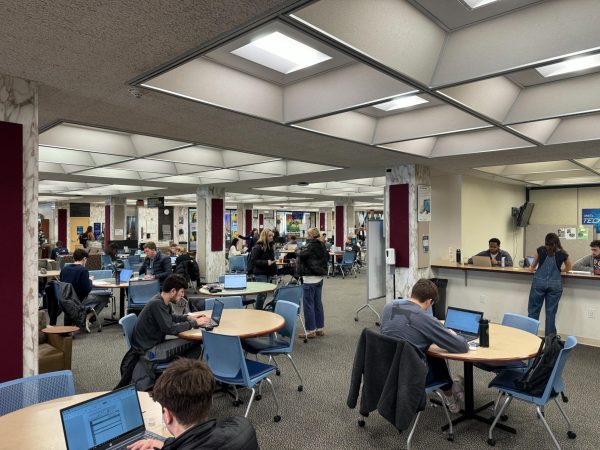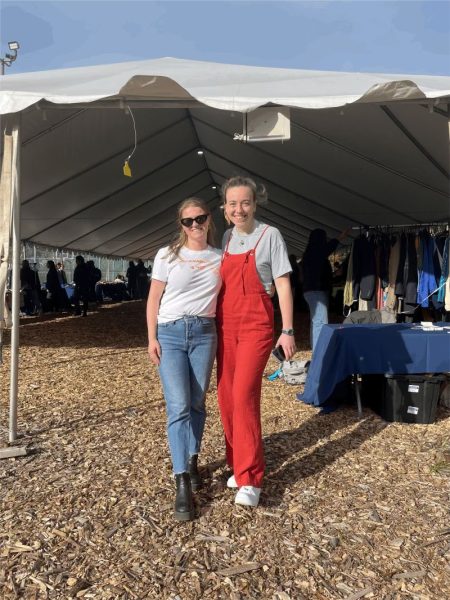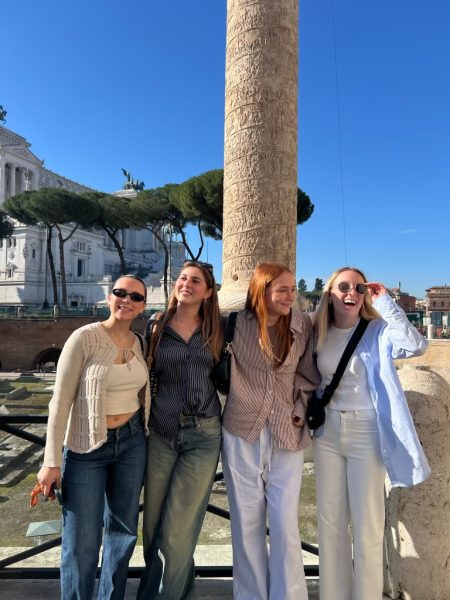Instagram enables photographs to infiltrate social media
November 6, 2014
The topic of technology is often polarizing. While some deem it the biggest disruption to human interaction, most of us who have seen the technological revolution unfold over the past decade would say technology has brought humans closer than ever thought possible.
Social networking accounts for much of this connective technology, especially for the youth and young adults. Mark Zuckerberg paved the way for Facebook’s grand entrance into the social networking scene in 2004 and forever changed the way we connect with, and meet people. Jack Dorsey, Biz Stone, Evan Williams and Noah Glass took the idea of human connection and used it to create Twitter, the social network application that connects millions of people from all corners of the world through simple status updates.
Enter Instagram.
Kevin Systrom and Mike Krieger were probably among the thousands of application coders in 2010 who were ready to launch the next mobile photo-sharing service, but little did they know that they would turn photography into yet another network for bringing people closer than they already were.
Instagram is more than just status updates or timeline posts. People have jumped on its quick, user-friendly interface to illustrate their life adventures with photography with the rest of the world. To date, Instagram boasts about 60 million photos posted and 6.1 billion photo likes a day, which adds up to over 20 billion photos shared and 200 million active users over just four years since its launch date.
With a loyal following of 200 million users, Instagram must be more than a mobile application on which people can share and view others’ photos.
While it was on the Twittersphere that the use of hashtags skyrocketed, Instagram users inevitably brought the same idea to their photo posts. Now, hashtags have grown to be much more than supplemental captions to photos—through Instagram, they ingeniously enable users to discover and search for photos according to specific themes. Other than that, they give users the chance to use their photos to join popular trends of all sorts, such as the weekly anticipated #tbt or #selfie for the entire selfie community to see.
Much of Instagram’s rise to fame is also attributed to the use of photo filters, digital tools that transform haphazardly taken pictures into professional photography with a touch of a button within seconds. Whether it is choosing Amaro to give your picture the airy glow, Valencia to emphasize those delicate colors or Willow to simply bring back your picture back to the times of black-and-white, filters can bring out the artistic side in anyone—not to mention the instant gratification that comes along with watching the number of your picture likes on the rise.
Instagram’s presence in the Villanova community is just as felt as it is in the rest of the social media world.
Many Villanova students with Instagram accounts find themselves posting eye-catching pictures that showed off areas of our campus, with the most popular spots being the Oreo during midday and the scenic pre-sunset view of the St. Thomas of Villanova Church. The hashtag #STVC14 was most popular during the St. Thomas Of Villanova Day of Service itself, which allowed all Villanovans partaking in the day of service to create a community that shared pictures of all Wildcats in action.
Besides that, even before the basketball season kicked off during Hoops Mania 2014, the Villanova Basketball Instagram account (@novambb) was already up and active with pictures and updates to keep Villanovans up to date on the progress of the basketball team this season.
Many of Instagram’s fun and quirky features have made it one of the most popular and downloaded mobile applications in the world. But much of its popularity lies in how simply it lets us connect with other people and eliminates any distance that separates us from the people with whom we want to share our lives.
While it often seems that new innovations in technology and social media draw people closer to the screens of their smartphones instead of the people around them, it is only because we have learned that technology allows us to simultaneously keep in touch with our personal lives and the world rapidly evolving around us, leaving very little to miss out.











